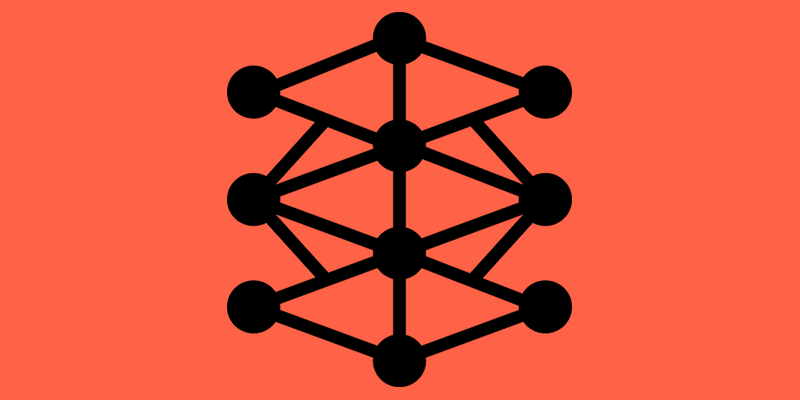Unlocking the Power of Neural Networks
Deep learning is at the forefront of modern Artificial Intelligence (AI), revolutionizing the way machines learn from data and make complex decisions. At the heart of deep learning lies neural networks, a versatile and powerful algorithmic structure inspired by the human brain. In this article, we will discuss deep learning, its core components and neural networks, including Convolutional Neural Networks (CNNs) and Recurrent Neural Networks (RNNs). Whether you are a curious beginner or a seasoned AI enthusiast, this guide will take you on a journey to understand the fundamental concepts behind deep learning and its exciting real-world applications.
Neural Networks
The Structure of Artificial Neurons
At the core of neural networks are artificial neurons, also known as nodes or units. These neurons are organized in layers, with each layer connected to the next via weighted connections. The input layer receives data, which is then passed through the hidden layers before producing an output in the final layer. This interconnected structure enables neural networks to process vast amounts of data and learn complex patterns and relationships.
Activation Functions
Activation functions play a critical role in introducing non-linearity to neural networks. They determine the output of a neuron based on its weighted input. Common activation functions include the sigmoid, ReLU (Rectified Linear Unit), and tanh (hyperbolic tangent) functions. The choice of activation function influences the network’s ability to capture complex features and avoid issues like the vanishing gradient problem.
Backpropagation
Backpropagation is the cornerstone of training neural networks. It is an iterative optimization process that adjusts the weights of the connections based on the difference between the predicted output and the actual output. This feedback mechanism allows the network to learn from its mistakes and improve its performance over time.
Convolutional Neural Networks (CNNs)
Image Recognition and Classification
CNNs are specifically designed for image recognition and classification tasks. Their architecture includes convolutional layers that apply filters to extract meaningful features from images. These features are then passed through pooling layers, which reduce the spatial dimensions while retaining essential information. Finally, the features are flattened and fed into fully connected layers for classification.
Transfer Learning
Transfer learning is a powerful technique in CNNs, where pre-trained models are used as a starting point for new tasks. By leveraging knowledge gained from extensive training on large datasets, transfer learning allows developers to fine-tune the model for specific tasks with smaller datasets, significantly reducing training time and improving performance.
Recurrent Neural Networks (RNNs)
Sequence Data Processing
RNNs are designed to process sequential data, making them ideal for tasks like natural language processing and time-series analysis. Unlike feedforward neural networks, RNNs have feedback connections, allowing them to maintain hidden state information and consider previous inputs when processing the current one.
Language Generation
RNNs excel at language generation tasks, such as text prediction, machine translation, and speech recognition. By maintaining context through the hidden state, RNNs can generate coherent and contextually relevant sequences.
Real-World Applications
Image Recognition and Object Detection
CNNs have revolutionized image recognition, enabling machines to classify objects in images with remarkable accuracy. In real-world applications, this technology is used in autonomous vehicles, medical imaging, and security systems.
Natural Language Processing (NLP)
RNNs have transformed the field of NLP, powering language translation, sentiment analysis, and chatbots. NLP models can now comprehend and generate human-like text, making AI-driven language processing more advanced than ever before.
Speech Recognition
By leveraging deep learning techniques, machines can now recognize and interpret human speech, making voice-controlled virtual assistants and voice-based search functionalities possible.
Time-Series Analysis
RNNs have revolutionized time-series analysis, allowing predictive maintenance in industrial applications, stock market forecasting, and weather prediction.
Learning from Data
Deep learning, with its neural networks, CNNs, and RNNs, has ushered in a new era of AI applications. The power of these algorithms lies in their ability to learn from data and generalize to unseen examples, making them incredibly versatile and applicable across various domains.
As deep learning continues to evolve, its potential to transform industries and improve our daily lives grows exponentially. By understanding the foundational concepts of neural networks and exploring the real-world applications of CNNs and RNNs, we are better equipped to welcome the ever-expanding possibilities of deep learning and its boundless impact on the world.
